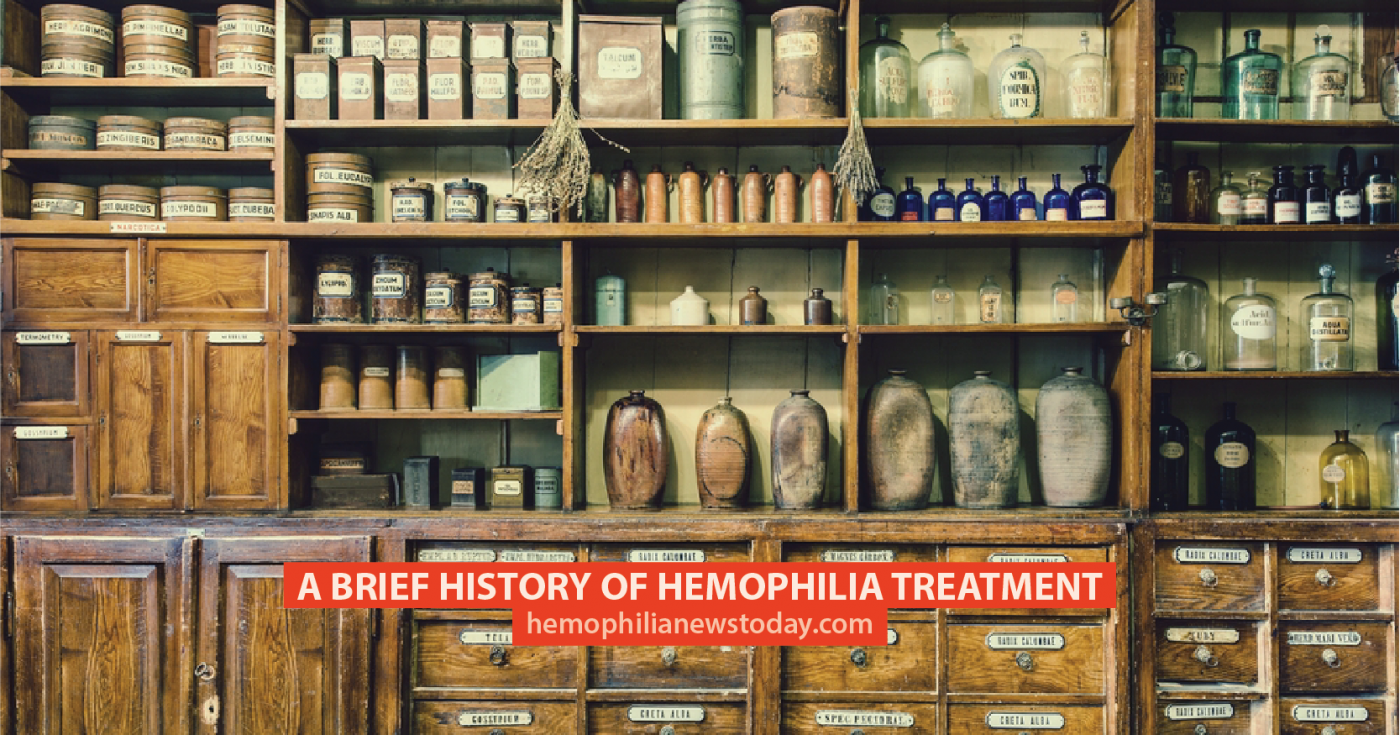A Brief History of Hemophilia Treatment

The first recorded mention of hemophilia came in the second century when a collection of ancient Jewish writings noted that baby boys did not need to be circumcised if two of their older brothers had bled to death following the procedure. Later in the 10th century, an Arabian doctor described cases of male members of the same family dying from excessive bleeding after a trauma according to the National Hemophilia Foundation.
MORE: Explaining the causes of hemophilia.
In 1803, Dr. John Conrad Otto from Philadelphia published a paper about a familial bleeding disorder that only affected male members. His research managed to trace the origin of the disease to a female relative who lived in New Hampshire in 1720.
The term hemophilia comes from a student of Zurich University, Friedrich Hopff and his professor, Dr. Schonlein, who came up with the term “haemorrhaphilia” which became “haemophilia” in 1828.
Argentinian physician, Alfredo Pavlovsky discovered there were two types of hemophilia (A and B) in 1947. The different factor deficiencies were distinguished in the 1950s and 1960s.
Until the early 1900s, there was no way to store blood for hemophiliacs so they were generally given a transfusion from a family member if they had suffered a trauma. At this point, the life expectancy for boys with hemophilia was around 13 years old.
Some of the early treatments used for hemophilia included lime, bone marrow, oxygen, thyroid gland, hydrogen peroxide or gelatin. In the 1930s, snake venom was used to help blood clotting. Hospital-based plasma transfusions were common treatments for hemophiliacs in the late 1920s and continued until the 1950s. Hospitals then moved to fresh frozen plasma, although patients needed very large amounts for it to be successful and young boys often sustained crippling joint bleeds. By 1960, the life expectancy of a person with severe hemophilia had risen to just under 20 years old.
In 1965, Dr. Judith Graham Pool from Stanford University discovered that the precipitate (cryoprecipitate) left from thawing plasma was high in factor VIII. This could be infused to control heavy bleeding and blood banks were able to produce and store large amounts for use in surgical procedures for hemophiliacs.
By the 1970s, freeze-dried powder formulas of factor VIII and IX were readily available, which meant hemophiliacs were able to self-administer the factor in their own homes.
The rise of HIV and AIDS in the 1980s led to many people with hemophilia dying of AIDS and becoming HIV positive through contaminated blood products. Hemophiliacs were also at a high risk of contracting hepatitis C until blood screening was introduced in 1992.
In the 1990s, synthetic factor became available and recombinant factors were approved by the FDA. In 1995, prophylaxis started being used as a preventive treatment for children.
New recombinant factors that didn’t contain human or animal plasma were introduced in the early 2000s which lessened the chance of allergic reactions. Currently, researchers are working on ways of correcting the mutated gene using viruses as vehicles to deliver corrected factor IX genes.
MORE: Five tips for healthy living with hemophilia.
Hemophilia News Today is strictly a news and information website about the disease. It does not provide medical advice, diagnosis or treatment. This content is not intended to be a substitute for professional medical advice, diagnosis, or treatment. Always seek the advice of your physician or another qualified health provider with any questions you may have regarding a medical condition. Never disregard professional medical advice or delay in seeking it because of something you have read on this website.






